 Rabbi Adam Kligfeld
Rabbi Adam Kligfeld With the High Holy days about to start, Temple Beth Am, one of the larger Conservative synagogues in Los Angeles, is coming mask-to-mask with reality, and so far, the news is encouraging.
“It is premature to say we are back to normal, but we are making strides toward normalcy,” said Executive Director Sheryl Goldman. While the number of members driven away by COVID left many shuls empty, Beth Am seems to be making an impressive recovery.
“We feel fortunate to only have lost about 9% of our [900] members” since the pandemic struck, Senior Rabbi Adam Kligfeld said. He attributes the relatively light hit “partially to luck, partially to decisions we have made and also because of the coherence and resiliency of our community.”
Like a champion fighter, Beth Am did not stay on the mat when people disappeared. They recouped half of their member losses last year and expect most of the rest to return over the High Holy Days.
The bounce back has been gradual but steady. In 2020, only members were permitted to attend High Holy Day services. Last year, members were allowed to purchase an unlimited number of guest tickets – but none were available to the general public. This year, Beth Am is wide open, and tickets are available to everyone. There are no proof of vaccination or masking requirements.
The “great majority” of people who left have returned, Goldman said. “There still likely will be a couple percent of our membership who have enjoyed the remote experience of synagogue, or for whom dues are a financial burden. They have many options, like logging in on Shabbat or [feeling like] they no longer need the community.”
Kligfeld took a longer perspective when asked how close the La Cienega Boulevard synagogue is to returning to pre-pandemic mode. “I don’t think there is any such thing as returning to any time in the past,” he said. “But even if there had not been a pandemic, our lives, our community, our worship and our sense of what synagogues are about would be very different in ways we could not imagine.”
Responding to the question of whether one crucial decision was a game-changer, Kligfeld identified a middle path. “I can’t identify a particular pixel that might have tilted us on the fulcrum,” he said. “We tried to make decisions about COVID policy on the wide part of the bell curve.” Striding toward a centrist position, the rabbi said, “I never wanted to be the first or the last to open or to close. We did what other communities did, bringing together a cross-section of medical professionals who all admitted to us that they were giving educated guesses as well. Everyone was a novice in this.”
The rabbi said the synagogue attempted to clearly communicate policies “without giving too much of the thinking behind the policies. Paradoxically, the more thinking behind policies that you give, the more pushback you will get.”
Goldman said the most significant sign of normalcy making a comeback occurred on the second Shabbat this month. Beth Am drew its largest crowds since before COVID. About 100 participated in its popular Library Minyan, a large crowd filled the Torah Club for pre- and post-b’nai mitzvah students, and another 100 adults filed upstairs for a Ha Ma’alot service, where all sit in a circle to sing and meditate. In the afternoon, there was a Mincha bar mitzvah followed by a family celebration in the ballroom.
Like old times, but it also reflected new times, since some kept their masks on and some chose to maintain a distance.
In the early days of the COVID lockdown, it was hard to imagine such a crowded, upbeat scene happening again in a shul. “That Shabbat was a reminder that we need this, we miss this,” Goldman said. “We look forward to more weeks like that in the new year.”
For the High Holy Days of 2020, no synagogue leader knew what to expect. Small crowds, yes. But how small? Across the sprawling Mid-City campus of Beth Am, “we were addressing COVID concerns for the first time,” Goldman said. “Our community is fortunate enough to have outdoor worship space. So for the holidays, we set up a very large tent. We capped our attendance at 100 participants per service.”
In normal Septembers, Beth Am’s High Holy Day attendance would reach 1,500 persons across its various venues. Today, they offer multiple options with different clergy and various styles of davening, Goldman said. “For the first COVID year, we had one service for the entire community. Those who wished would select a service that was their first choice on Rosh Hashanah and Yom Kippur. We set up seats based on the number of people in each household. So there were pods of two, three, four, six individual seats, all six feet apart.”
Davening outdoors, everyone was masked. The clergy could be seen through plexiglass separators that, Goldman said, may or may not have been meaningful. “We were following the Health Department guidance, and we were on calls weekly,” Goldman said. “I, as executive director, as well as the clergy here, were on calls with colleagues, and experts, in 2020.”
Communal relations was a crucial tool for Kligfeld, especially during the darkest days of COVID. “We worked very hard at reaching out to every individual member of the community as frequently as we could during the pandemic,” he said.
Finally, there is the online dimension, with all its advantages and disadvantages. “I learned that the reach of what we do here, what we teach and try to share goes beyond people who formally have joined the synagogue,” Kligfeld said. “We now have members in Canada, Maryland and Texas.”
“As extraordinary as technology is, it is no replacement for human interaction and touch. It makes me scared for, and dubious of, the coming technological inventions — the way virtual reality is going to try and replace presence.” – Rabbi Adam Kligfeld.
There is, he acknowledges, a dark side to technology — a warning for the present and future. “As extraordinary as technology is, it is no replacement for human interaction and touch,” Kligfeld said.“It makes me scared for, and dubious of, the coming technological inventions – the way virtual reality is going to try and replace presence.
“I am sad,” said Kligfeld, “because there will be less incentive for people to be together.”
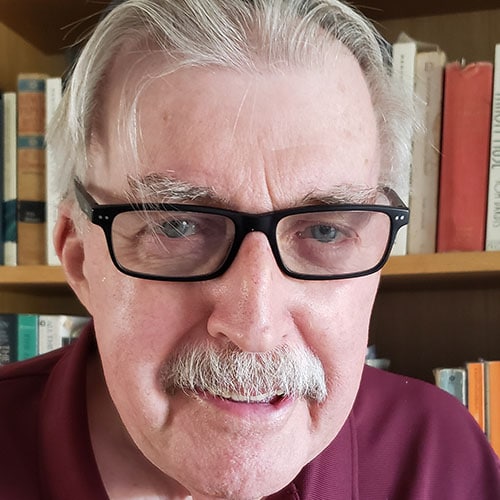






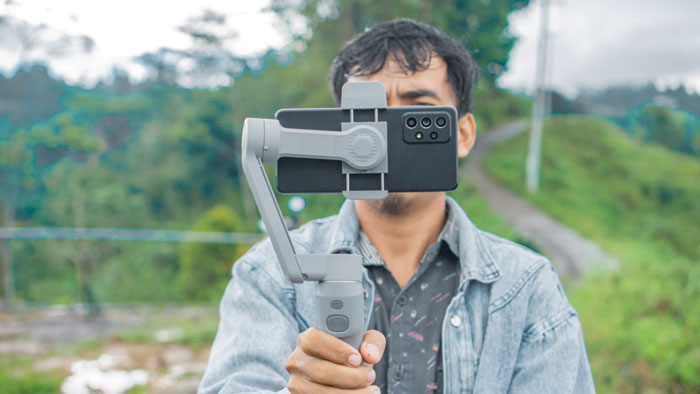

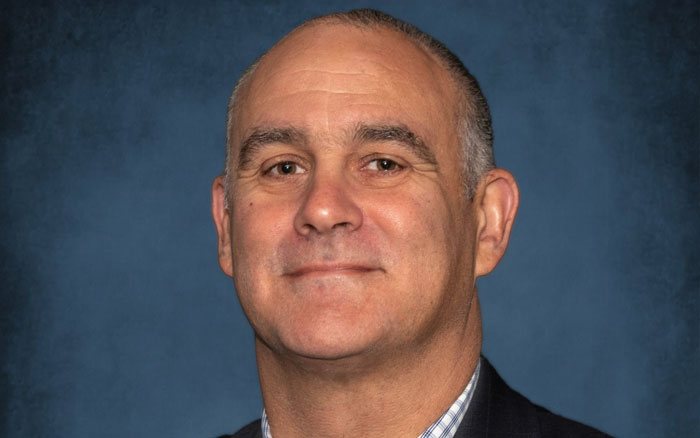
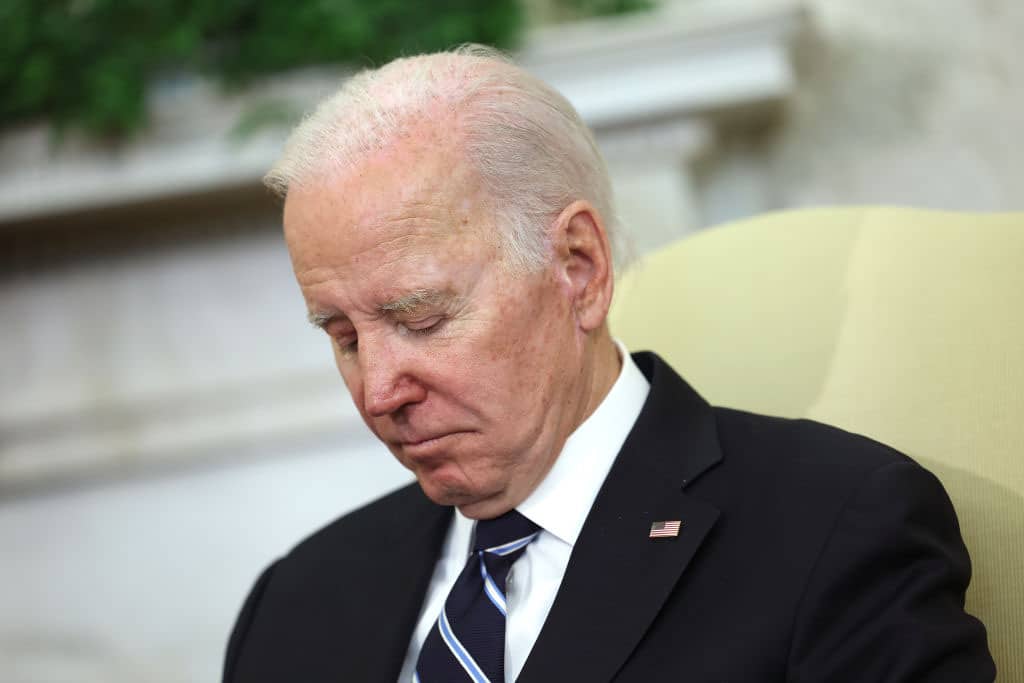


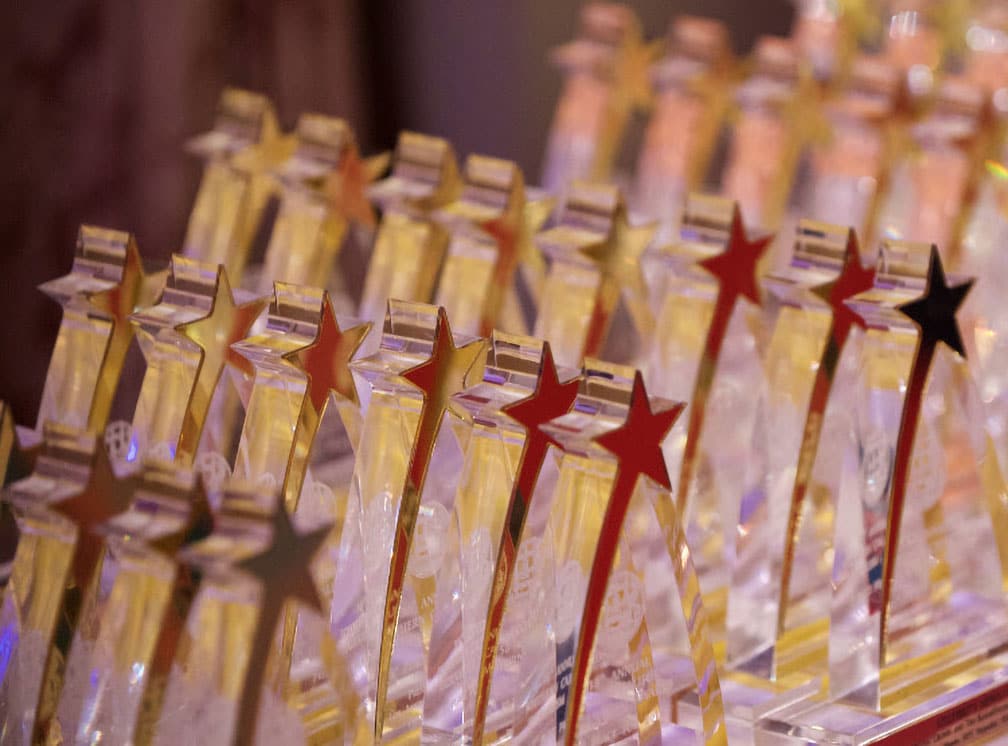

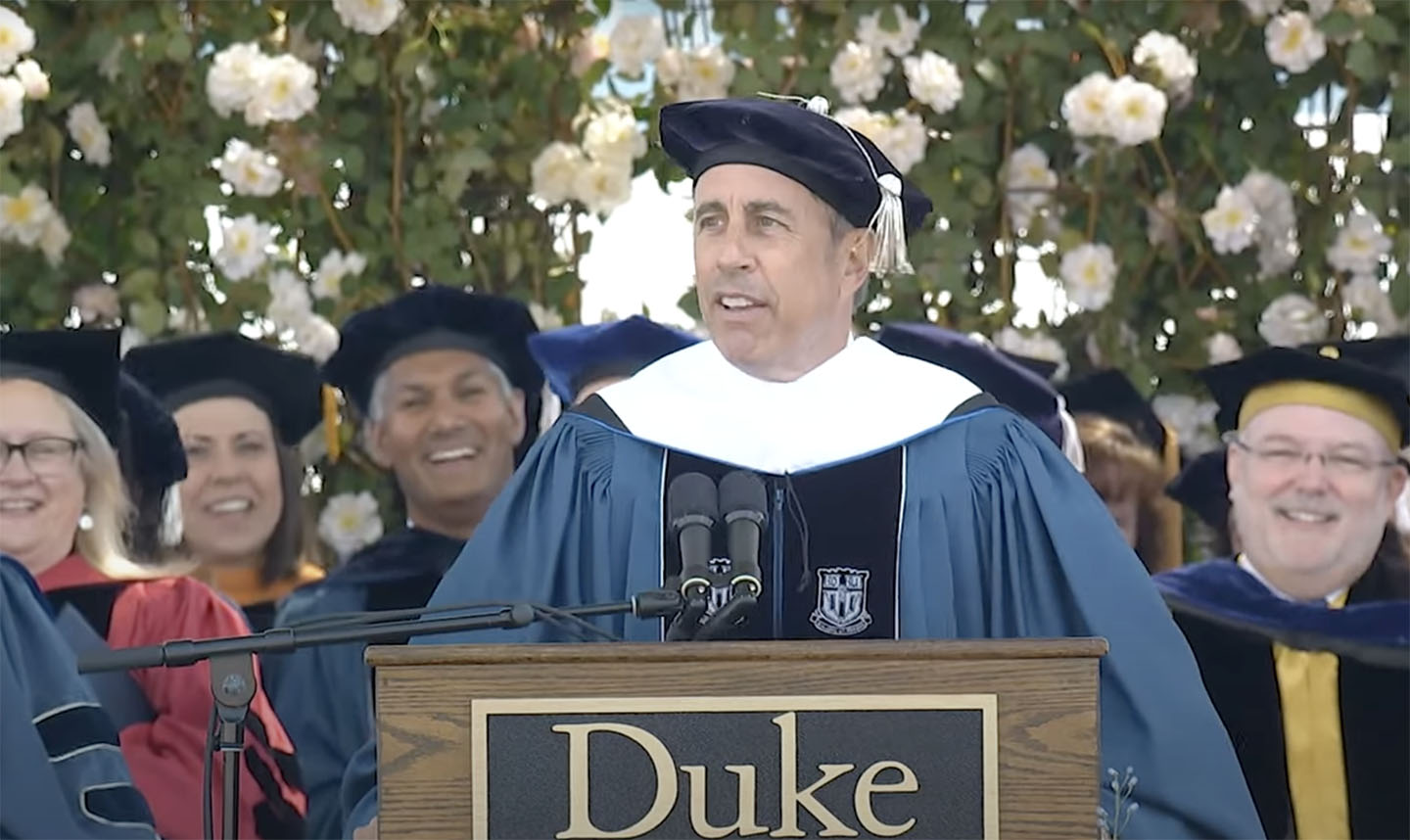
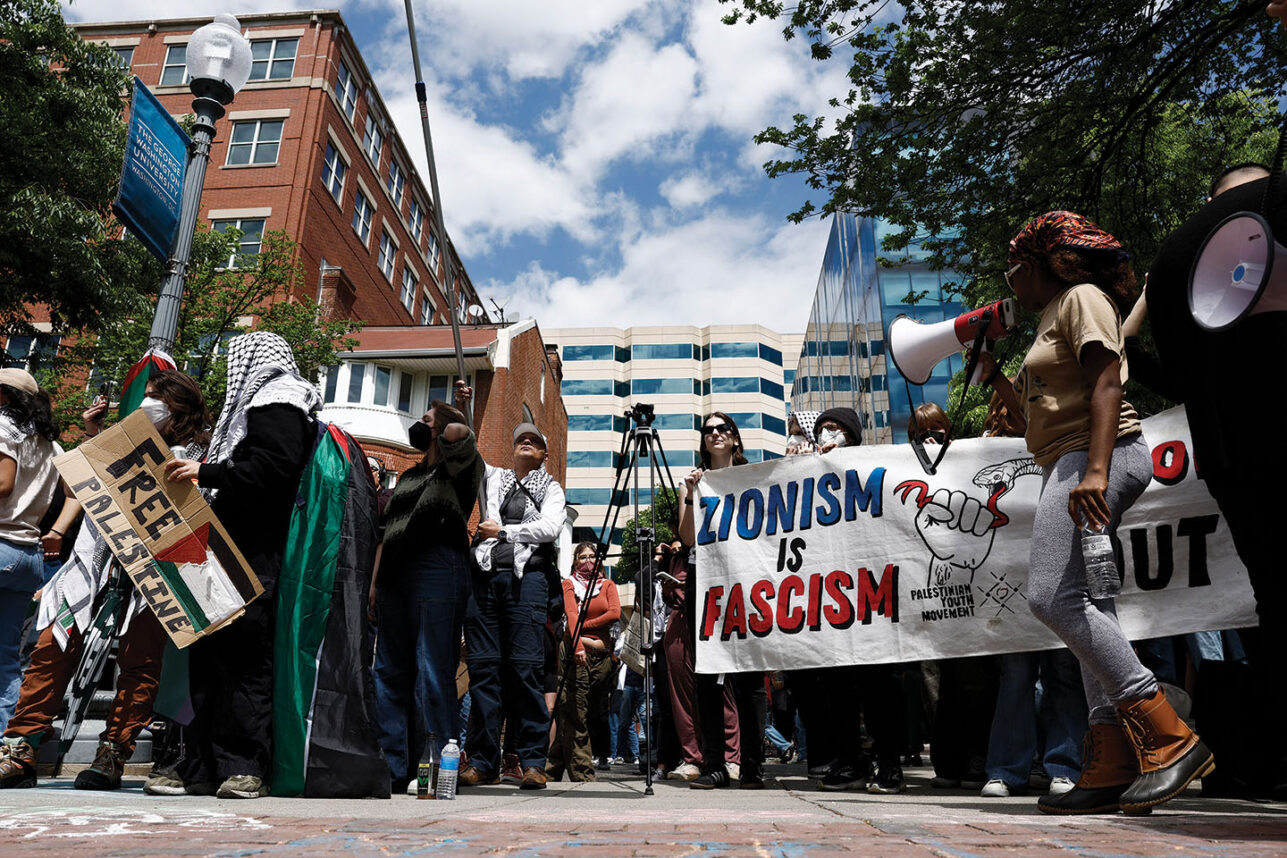






 More news and opinions than at a Shabbat dinner, right in your inbox.
More news and opinions than at a Shabbat dinner, right in your inbox.